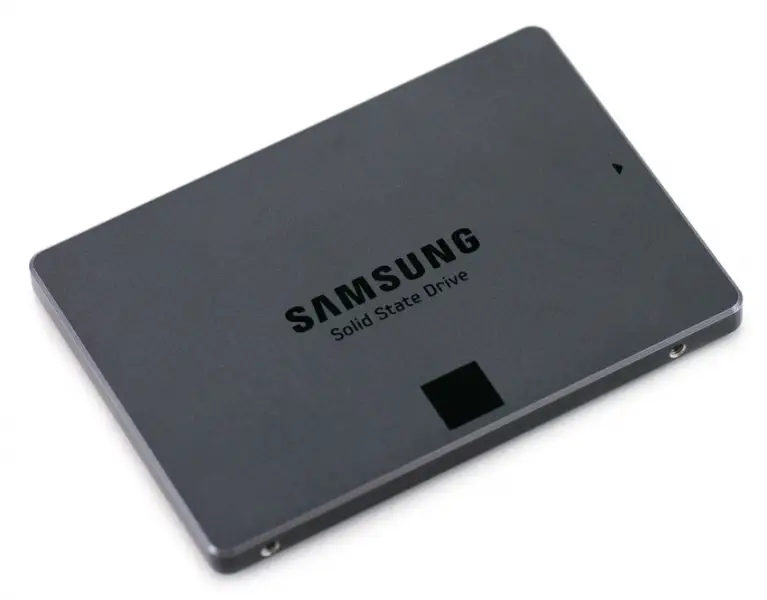
#Best solid state drive for macbook pro samsung 840 evo upgrade
So for Micron’s downstream customers, the combination of the greater capacity and physically smaller packages for Micron’s NAND means that device manufacturers can cut down on the amount of space they allocate to NAND packages, or go the other direction and try to cram in even more packages into a similar amount of space.īesides density improvements, the latest generation of Micron’s NAND is also allowing the company to upgrade their hardware to take advantage of newer I/O technologies, as well as to implement their own improvements to increase transfer speeds. As a result, a single chip package is down from 12mm x 18mm (216mm 2) to 11.5mm x 13.5mm (~155mm 2). Though it does mean that there’s a potential loss of performance at lower capacities due to a decrease parallelism from implementing fewer packages.Īt the same time, Micron has also been working on the size of their chip packaging, and as a result while the larger capacity means that their die size has increased on a generational basis (we estimate ~70.1mm 2 given Micron’s density figures), they’ve still shrunk their chip packaging by 28%. This is good news for SSD capacities, which at the high-end are often limited by the number of packages that can be placed. The improved density has allowed Micron to finally produce their first 1Tbit TLC die, which from a productization standpoint means that Micron can now also produce 2TB chip packages by stacking 16 of their 232L dies. And, according to Micron, anywhere between 35% to 100% denser than competing TLC products.

According to the company they’ve achieved a density of 14.6 Gbit/mm 2, which is about 43% denser than their 176L NAND. Micron has long cited this as giving them an ongoing advantage in NAND density, and that’s once again on show for their 232L NAND. Micron’s NAND decks continue to be built with their charge-trap, CMOS under Array (CuA) architecture, which sees the bulk of the NAND’s logic placed under the NAND memory cells. This in turn has allowed Micron to produce cutting-edge NAND with just two decks, something that may not be possible for much longer as companies push toward designs with over 300 total layers. 116 layer decks, in turn, are notable as this is the first time Micron has been able to produce a single deck over 100 layers, a feat previously limited to Samsung. So we’re once again looking at a string stacked design, with Micron using a pair of 116 layer decks, up from 88 layers in the previous generation. And while that yield ramp is still ongoing, Micron’s Singapore fab is already capable of producing enough of the new NAND that Micron is comfortable in announcing it is shipping, albeit clearly in limited quantities.įrom a technical perspective, Micron’s 232L NAND further builds upon the basic design elements Micron honed in that generation.

Micron first announced their 232L NAND back in May during their Investor Day event, revealing that the NAND would be available this year, and that the company intended to ramp up production by the end of the year.

According to the company, the new NAND is already shipping to customers and in Crucial SSD products in limited volumes, with further volume ramping to take place later in the year. The sixth generation of Micron’s 3D NAND technology, 232L is slated to offer both improved bandwidth and larger die sizes – most notably, introducing Micron’s first 1Tbit TLC NAND dies, which at this point are the densest in the industry. Ahead of next week’s Flash Memory Summit, Micron this morning is announcing that their next-generation 232 layer NAND has begun shipping.


 0 kommentar(er)
0 kommentar(er)
